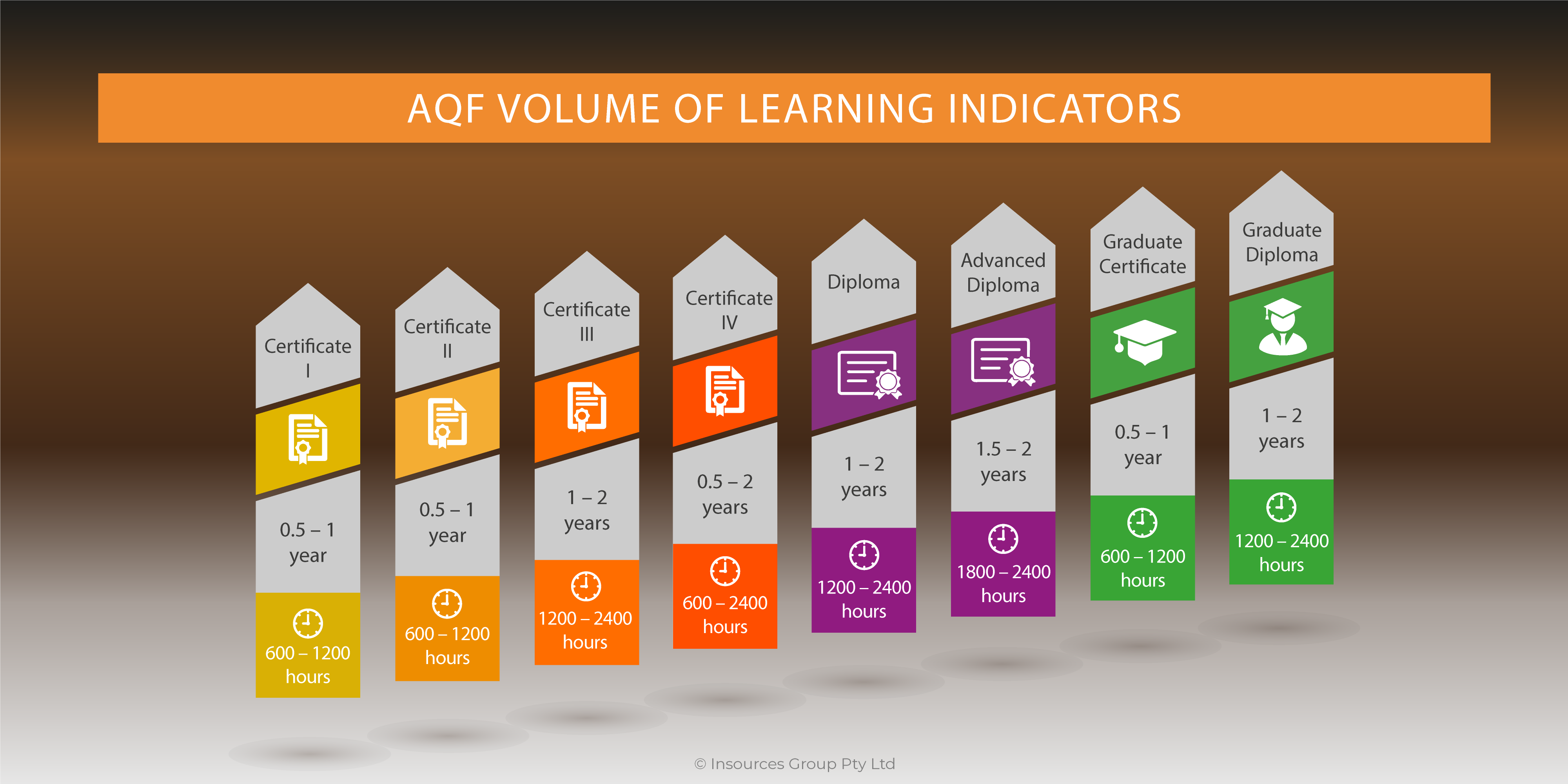What Kind of visuals work best?
As we discussed in the part 1 of this article, decorative visuals don’t help.
In the table below, I summarised the four types of explanatory visuals that show relationship among content elements.
Use relevant visuals that depict relationships in your content in lieu of decorative graphics.
Applying visuals to your training
Whether you are using slides in the classroom or preparing screens for e-learning, visuals can be one of your most powerful teaching allies. Although you will need to invest more time and effort compared to producing materials that consist of mostly words, when your learners are new to the content and when your goal is meaningful learning, we have ample evidence for a return-on-investment in relevant graphics.
Consider the following questions as you review your content:
- What relationships are important in my lesson?
- Which explanatory visuals can I use to reinforce those relationships?
- Do I have multiple topics that could benefit from an organisational graphic such as flow chart, table, or tree diagram?
- Am I trying to illustrate a process or procedure that involves changes over time and could benefit from some type of transformational visual?
- Does my lesson include abstract ideas or concepts? If so, can I use a visual analogy to create an interpretive visual?
- Have I include visuals that will distract from the learning goal? If yes, either delete or move those visuals out the body of the lesson.
Explain visuals
Imagine that you have line up a set of visuals for your lesson. You have identified some screen captures to illustrate a computer procedure. Next you need to write the words to describe the actions in the visuals. Many trainers believe that words placed in text plus audio narration of those words accommodates different learning styles as well as learners with visual or auditory disabilities.
Relevant visuals can dramatically improve learning. However, most visuals are not self-explanatory. For meaningful learning, you need both visuals and words to communicate your content.
The combination of visuals and the words should support the learning objective. For example, when teaching a procedure, your demonstration uses words to describe the actions illustrated in visuals. When teaching a principle such as how to defuse a tense customer situation, you debrief a video example with words. When teaching a business process such as the performance appraisal cycle, you explain a cycle chart with words.




